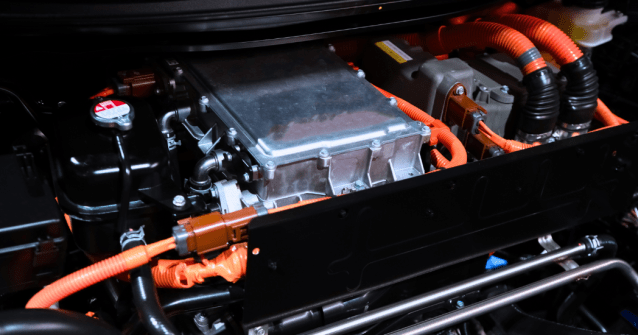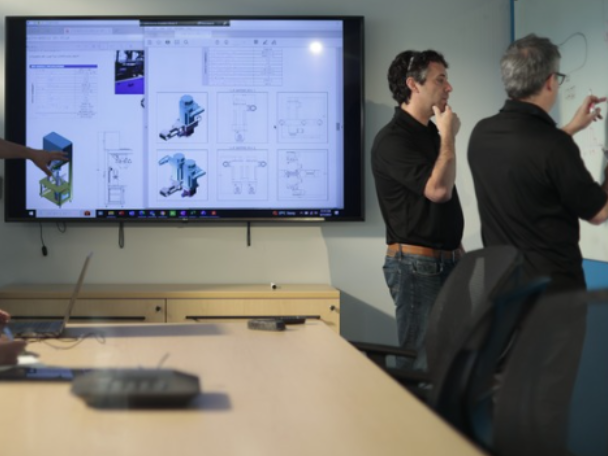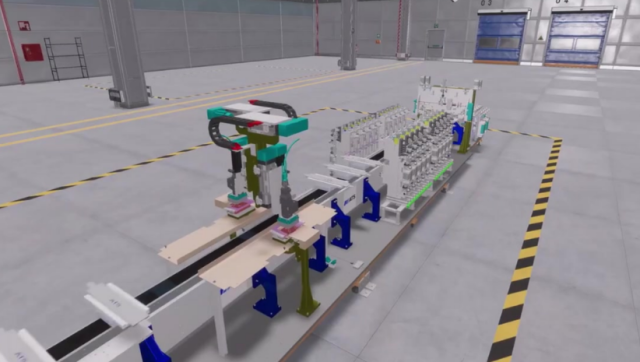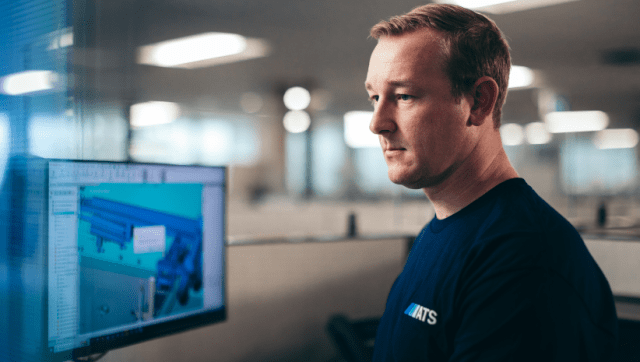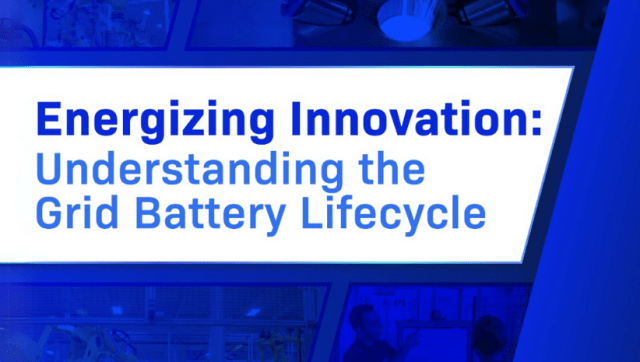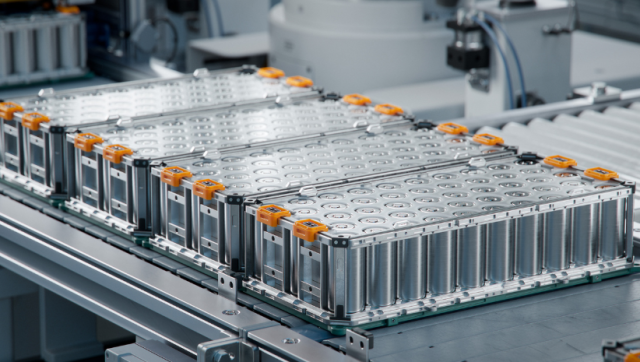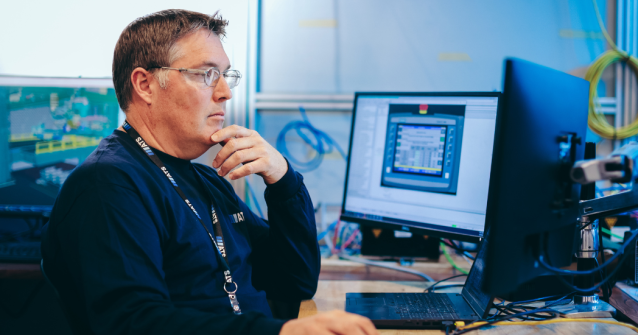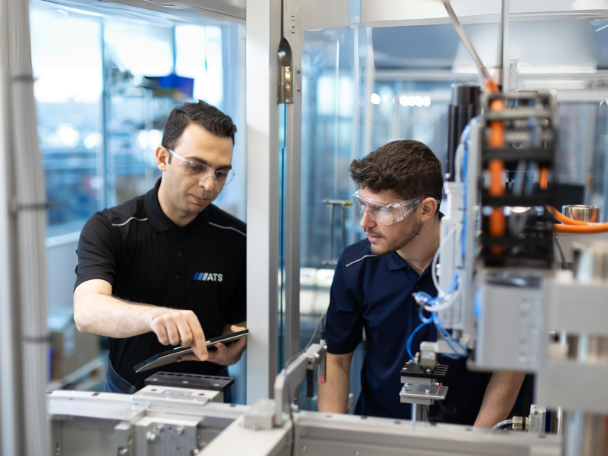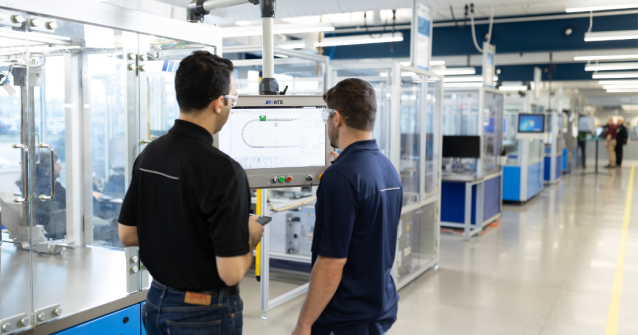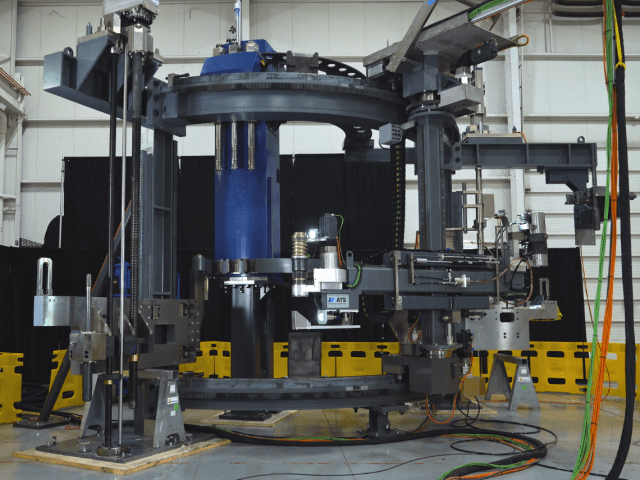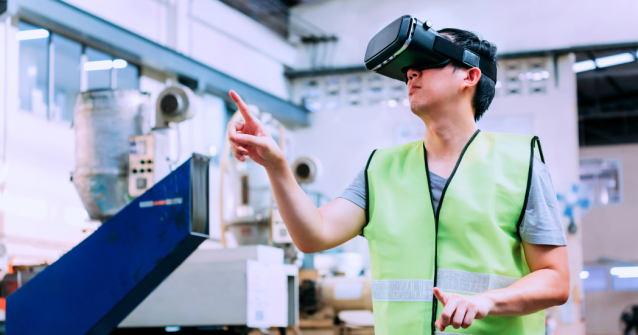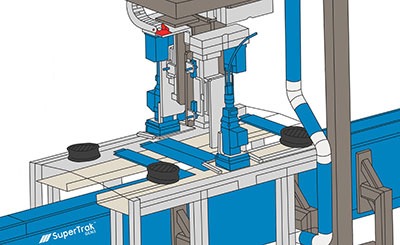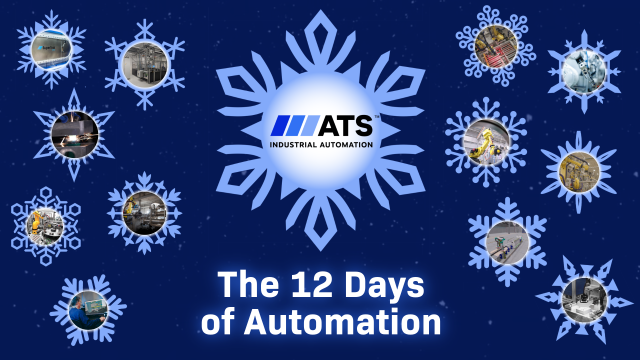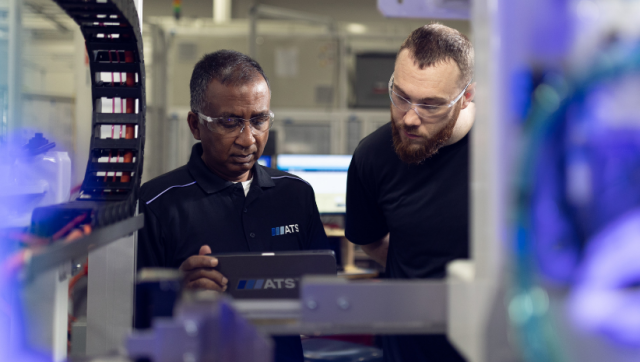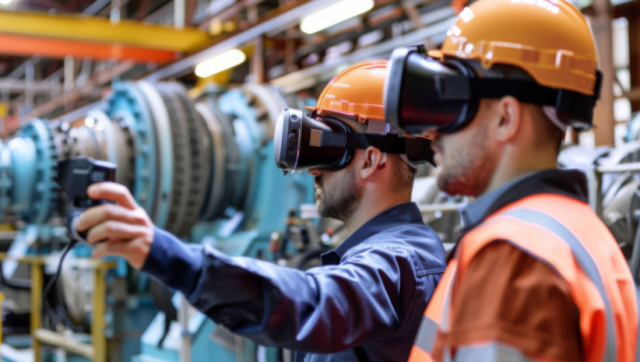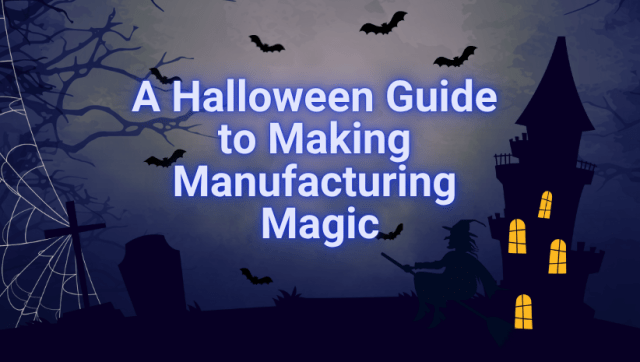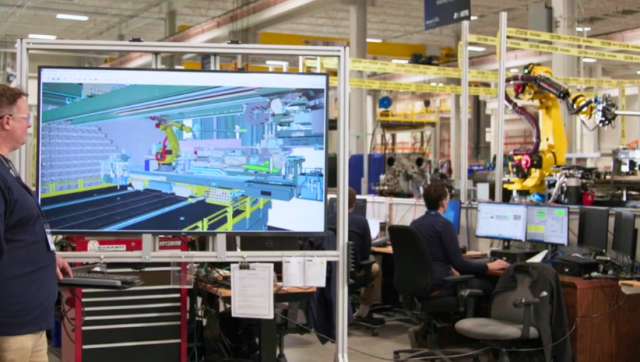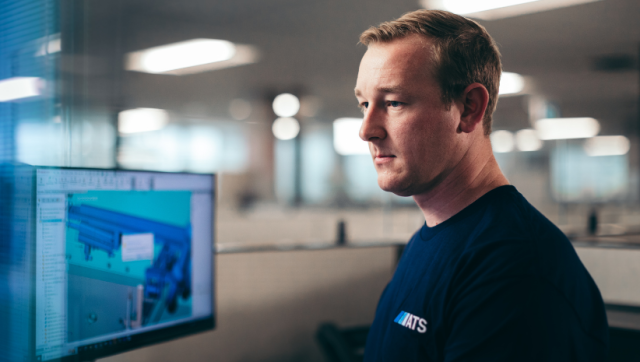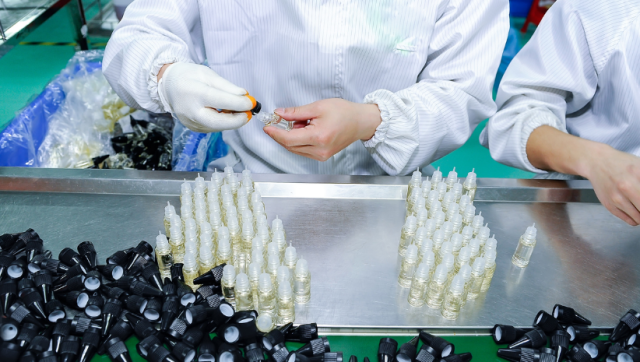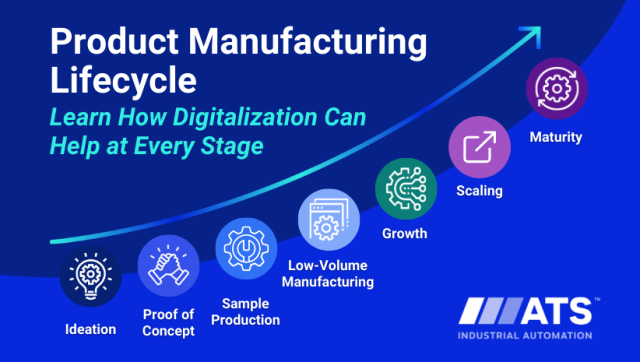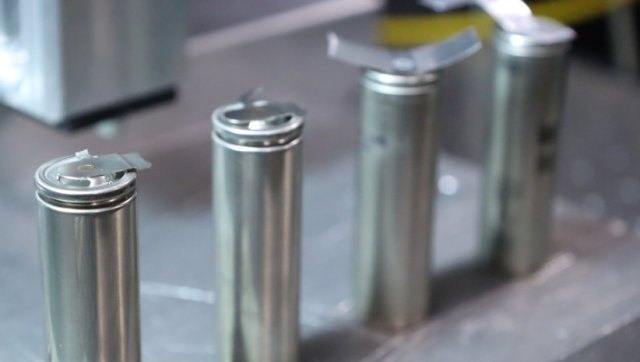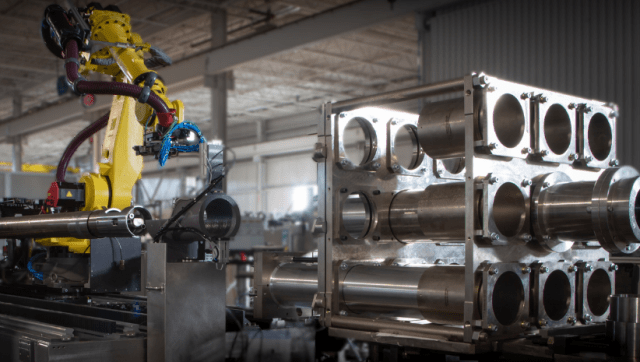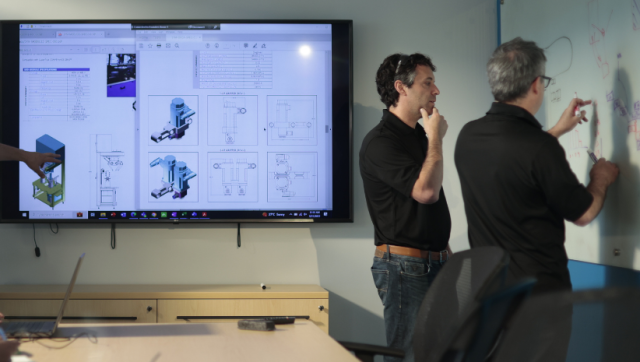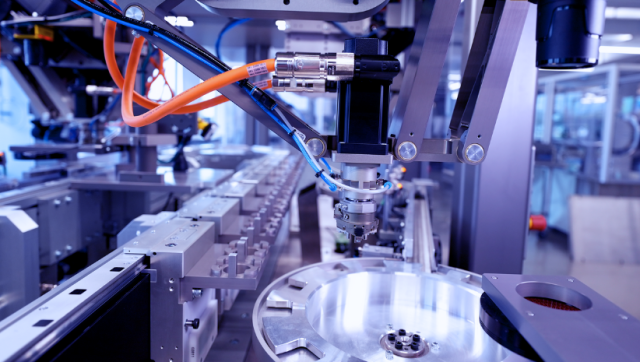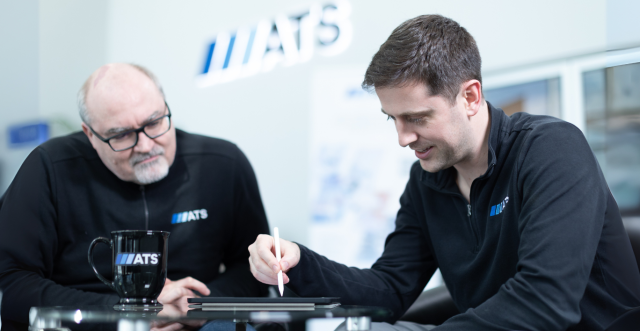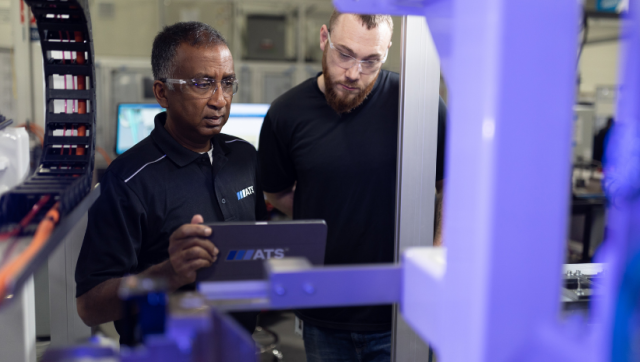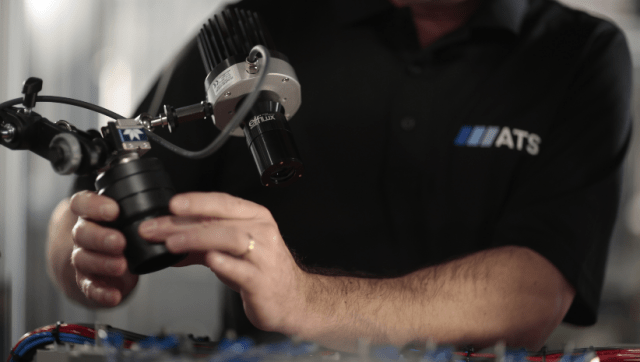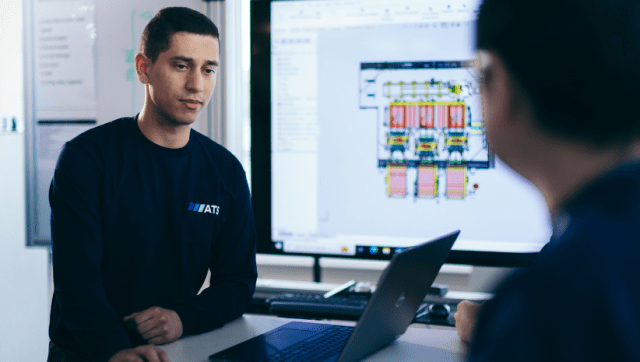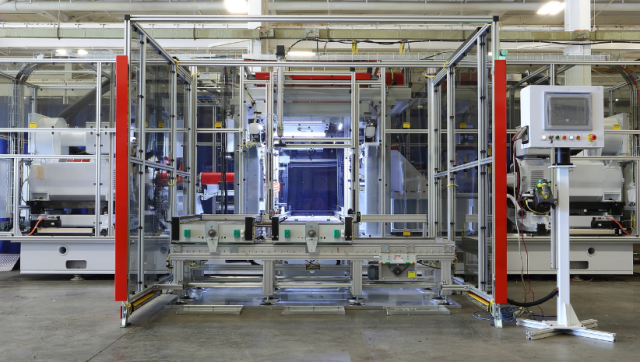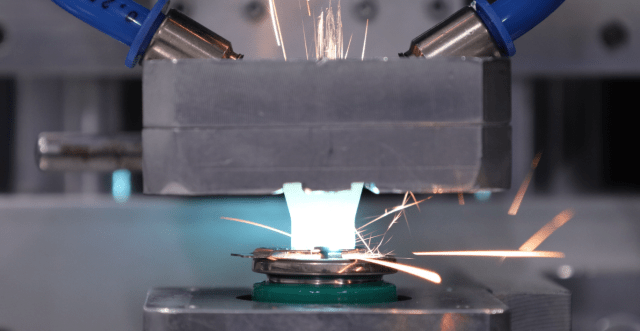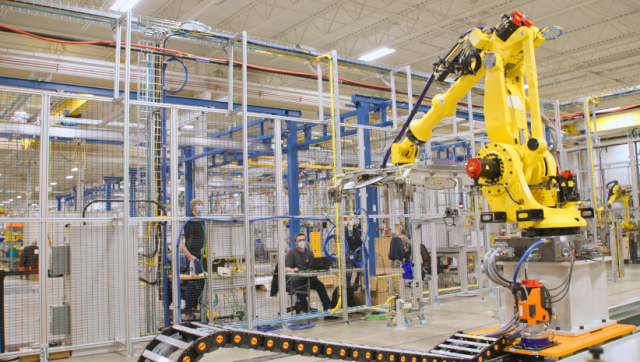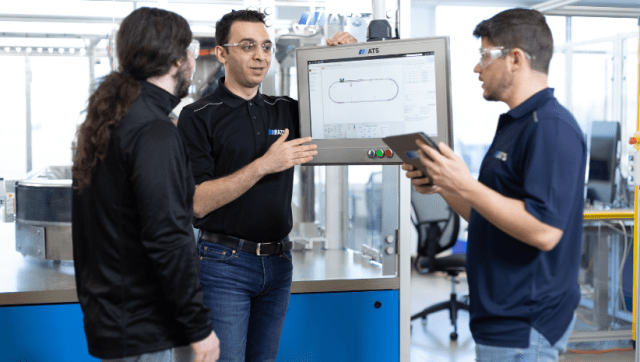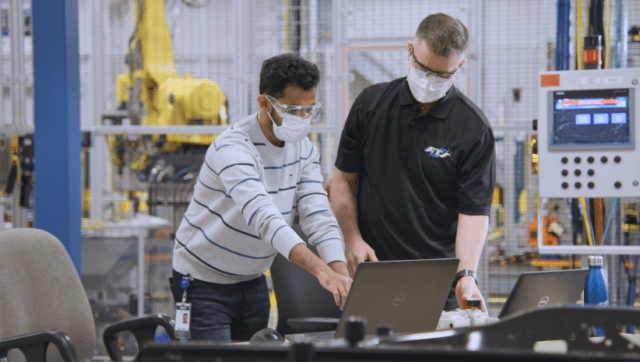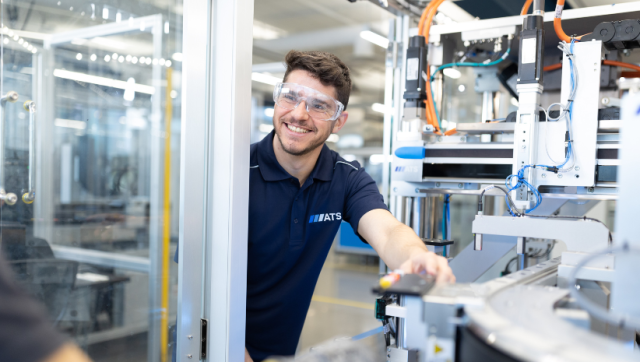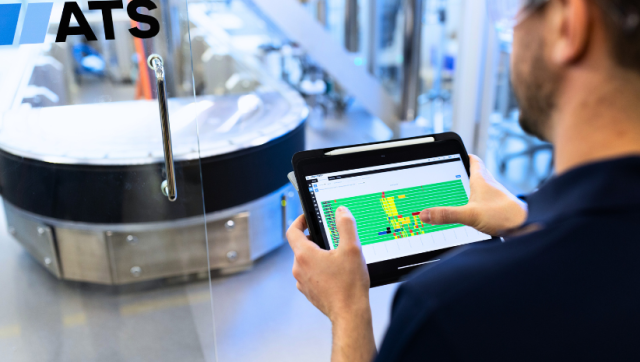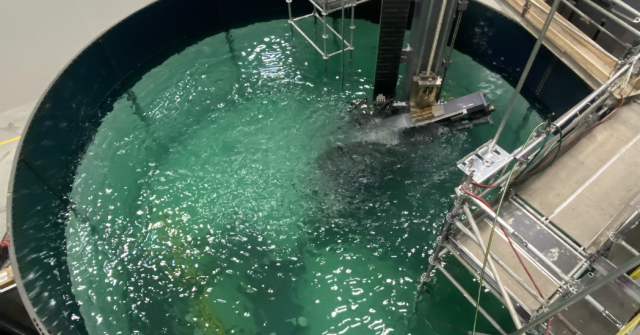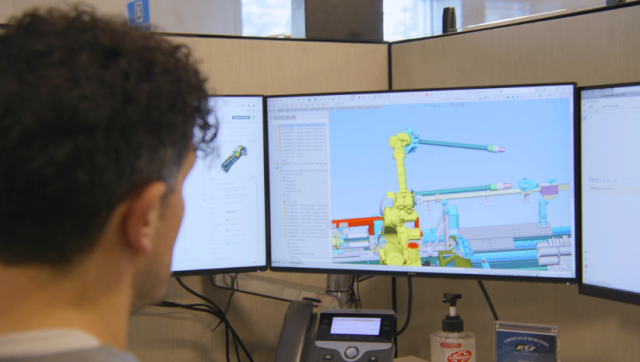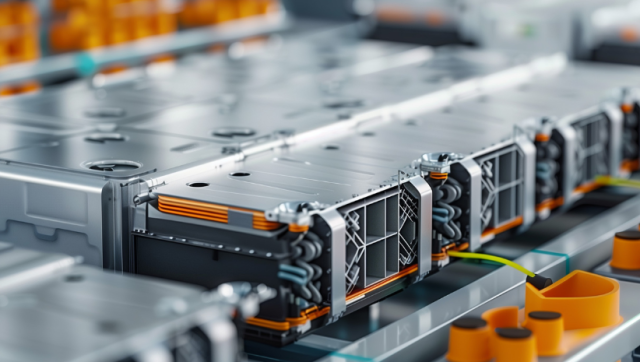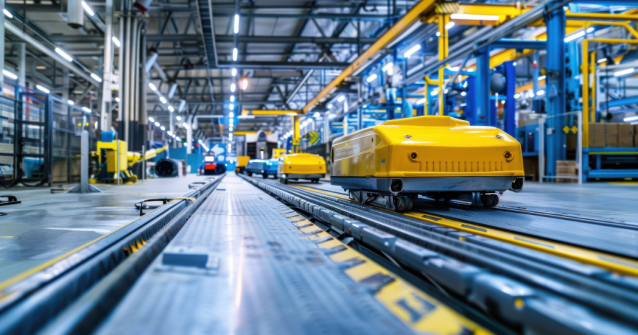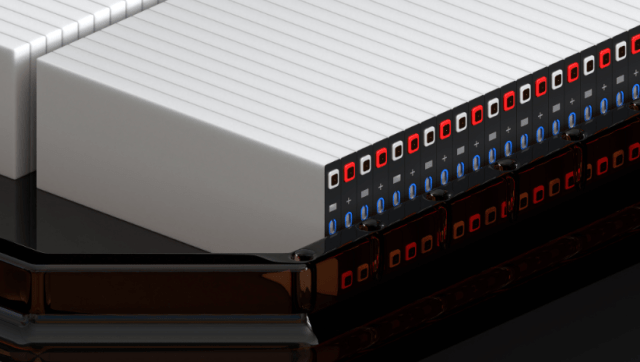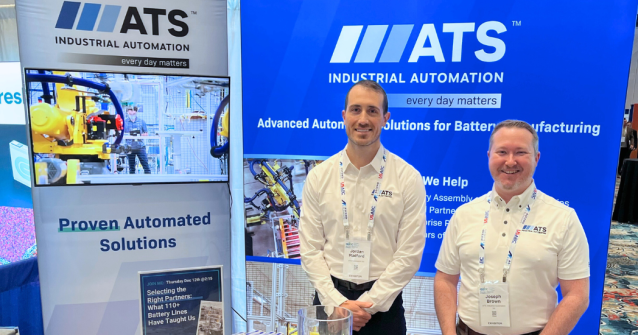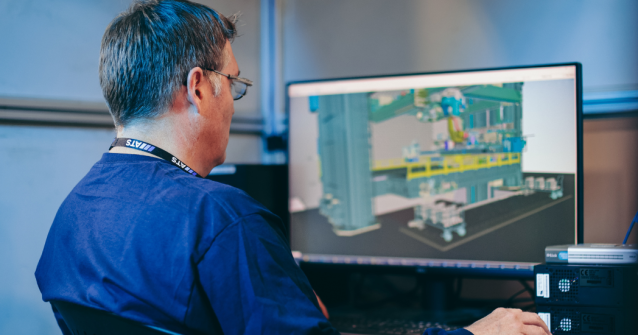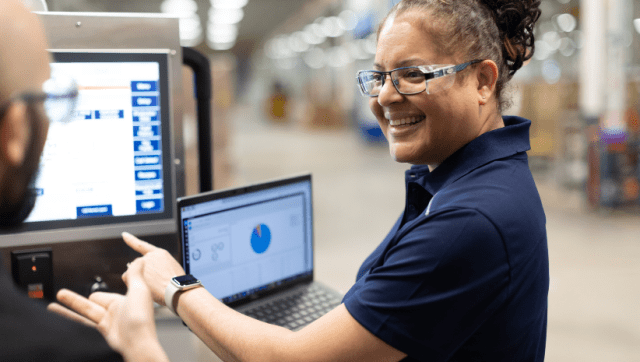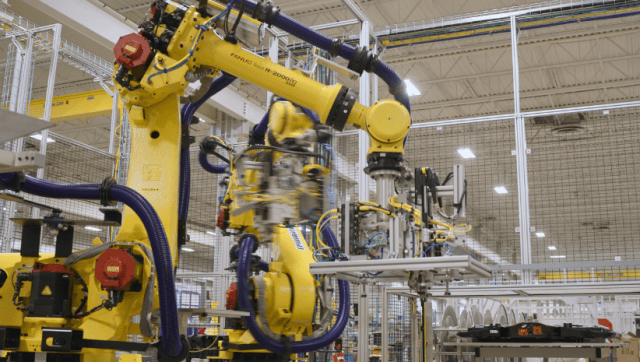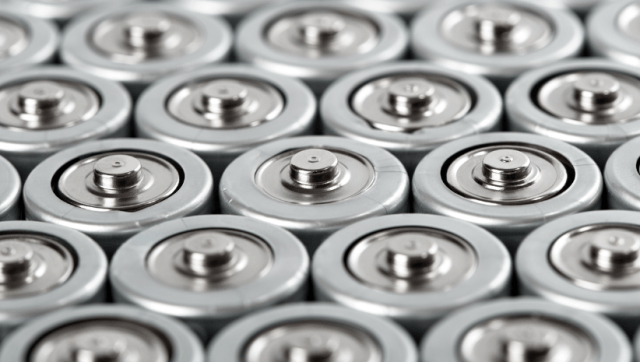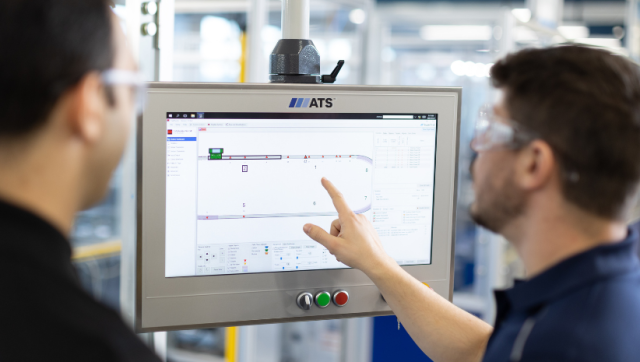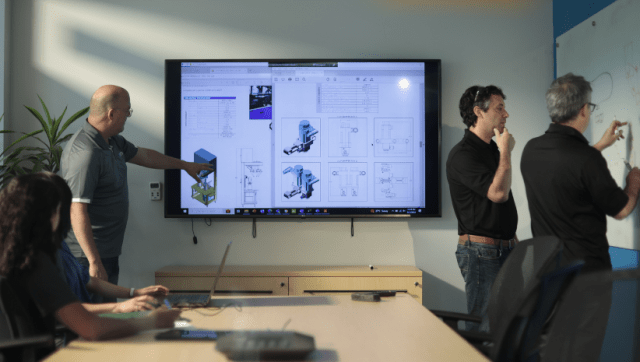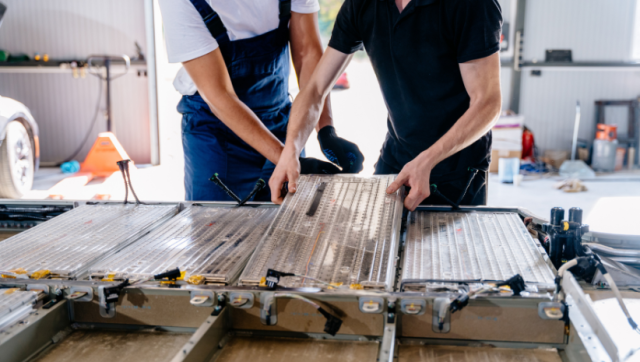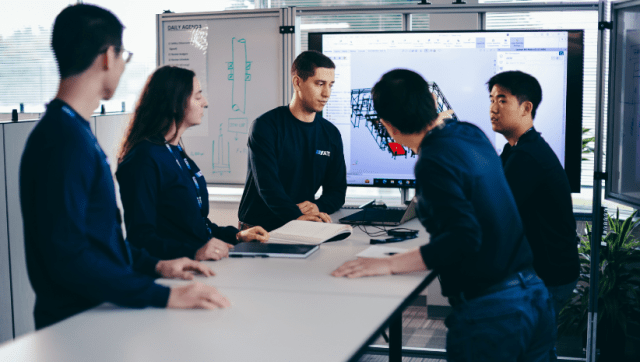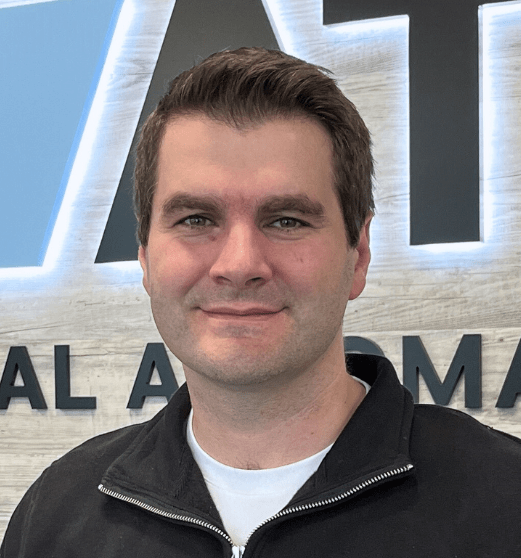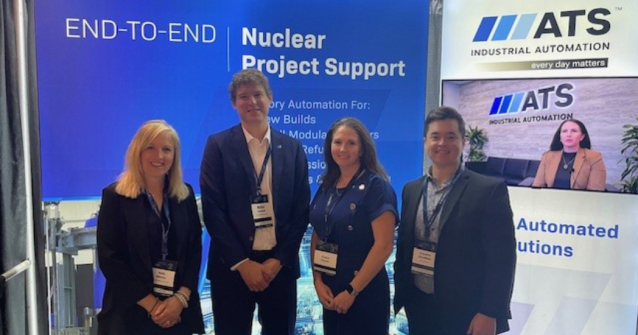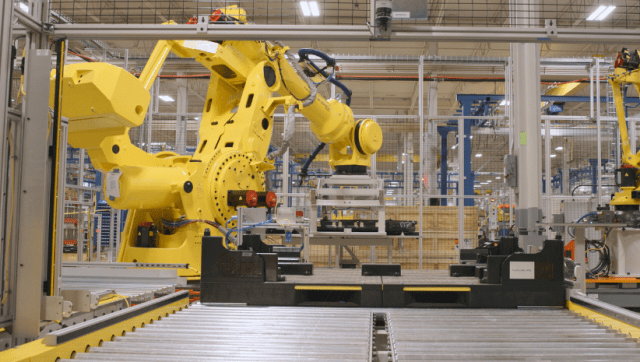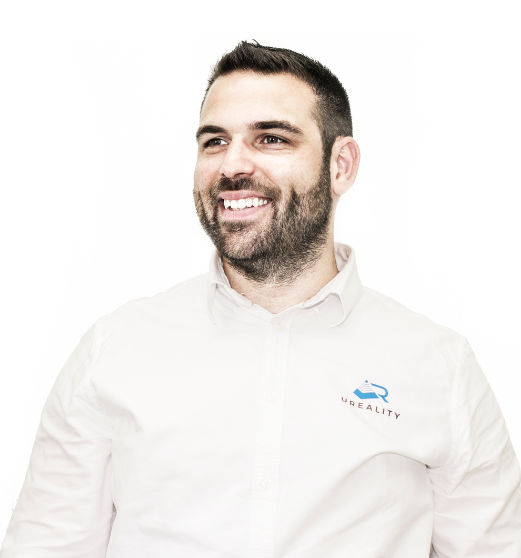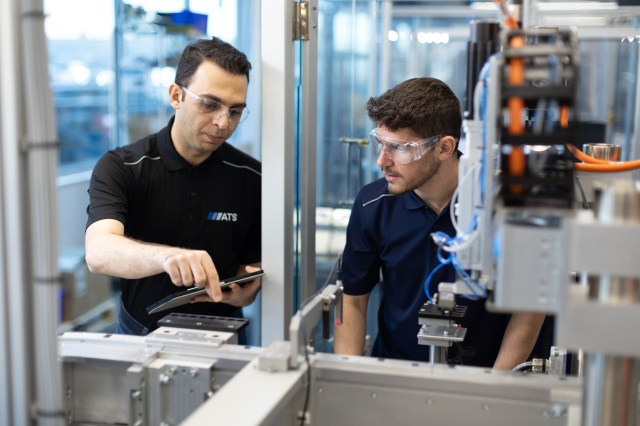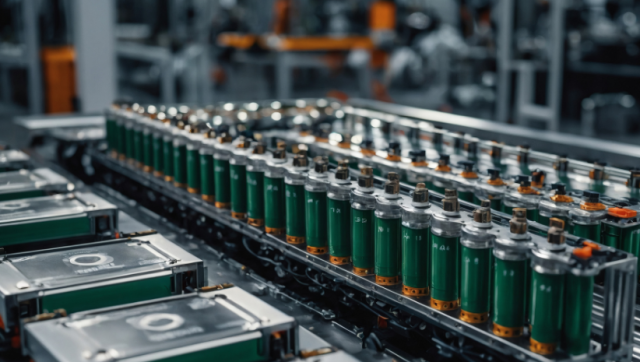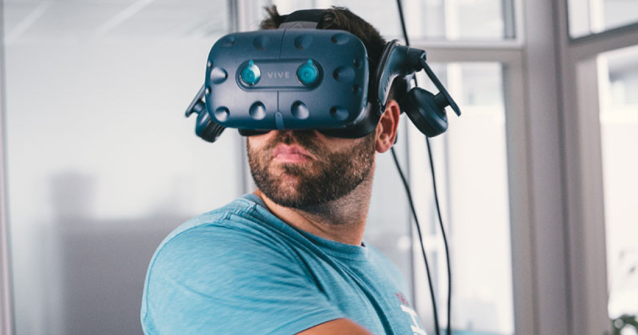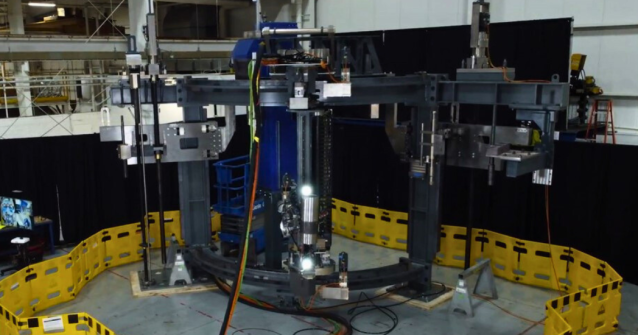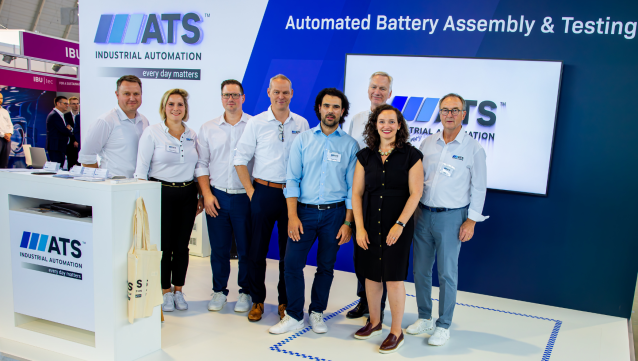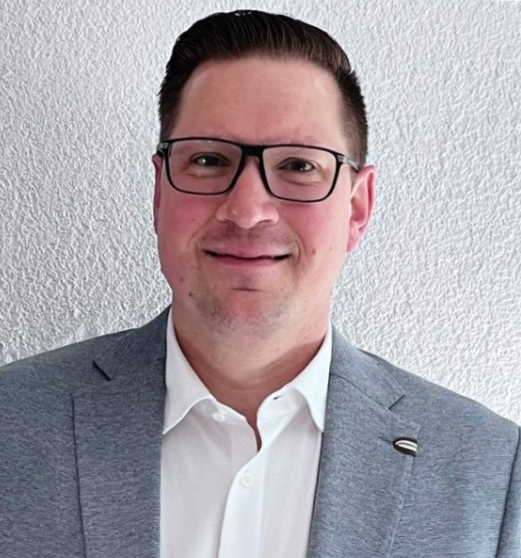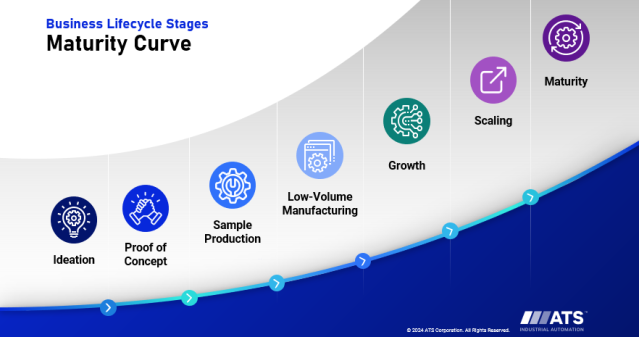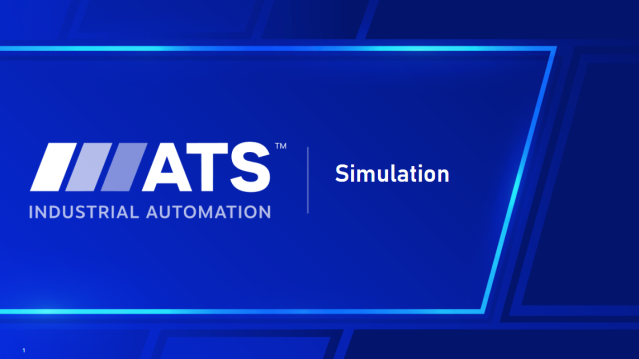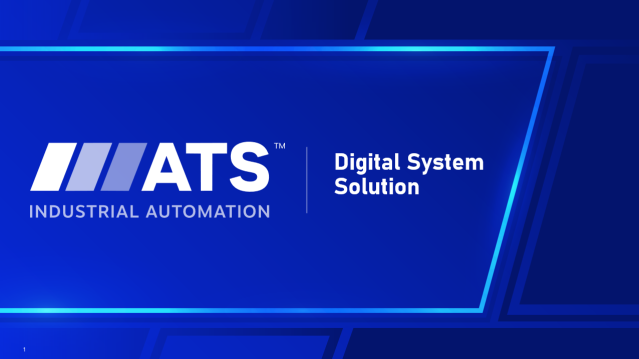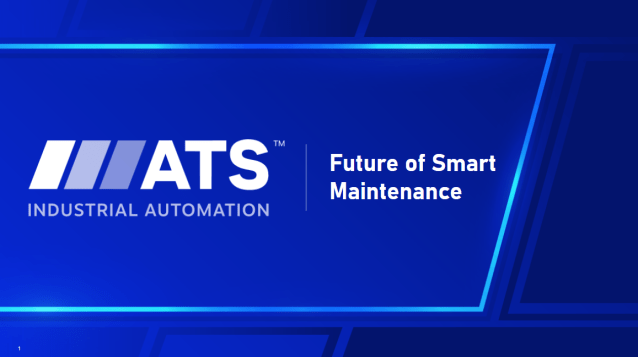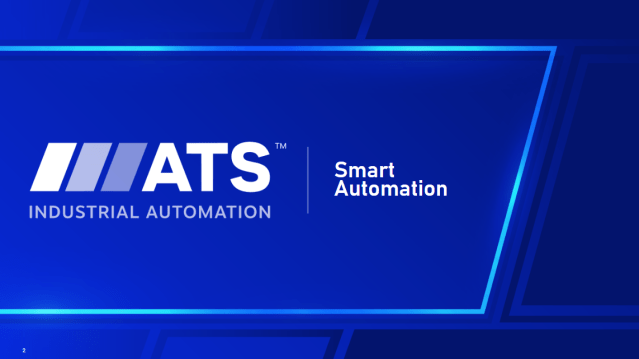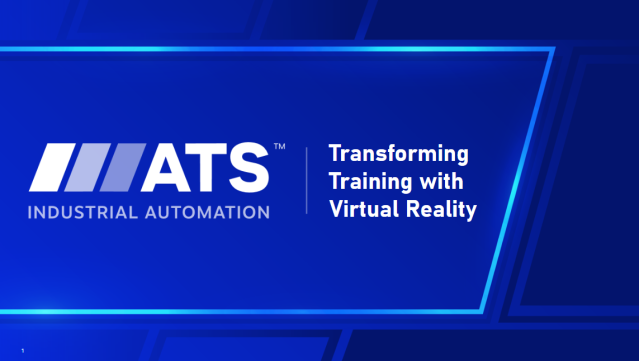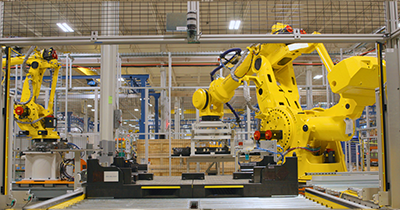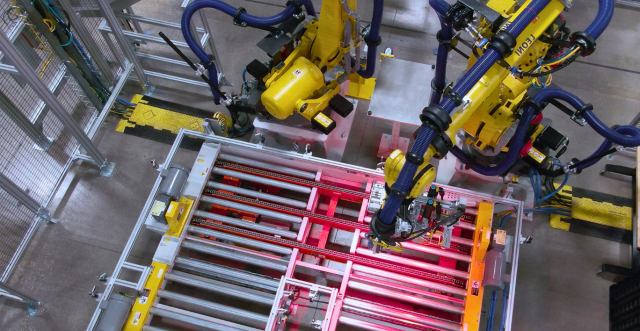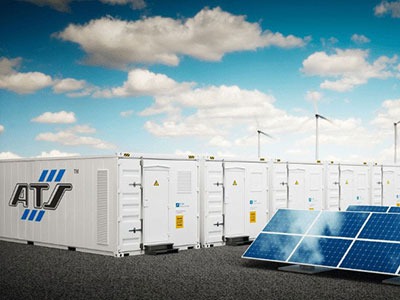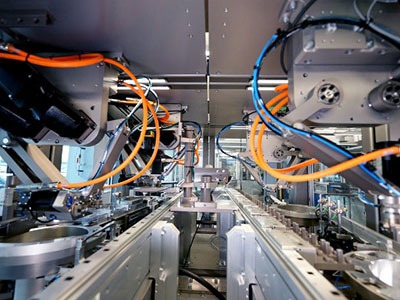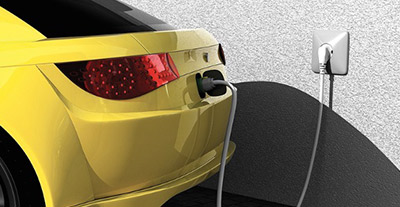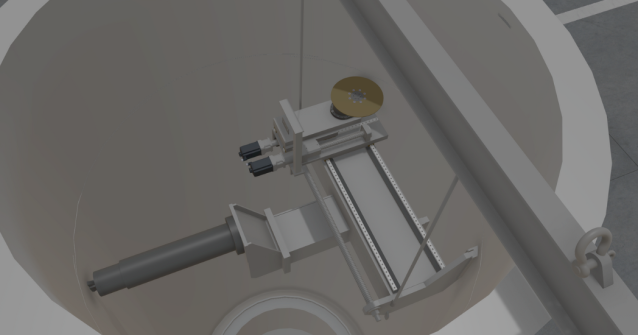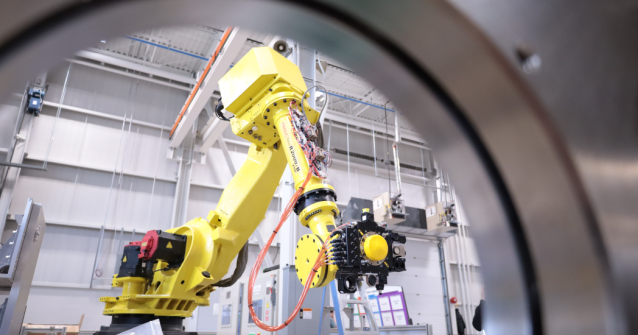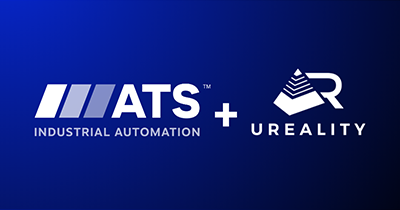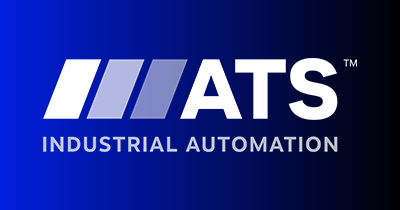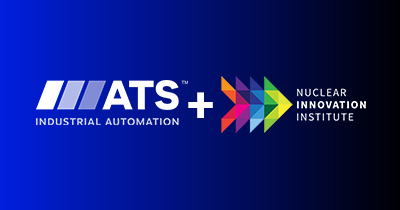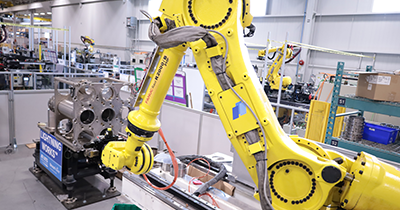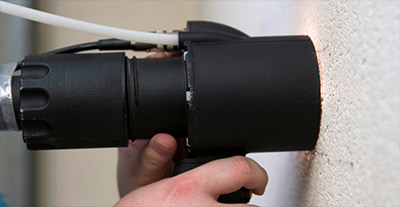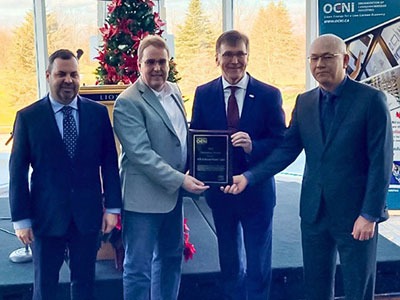In the ever-evolving manufacturing landscape, laser welding has emerged as a transformative technology, revolutionizing how industries approach precision and efficiency. By seamlessly fusing materials with pinpoint accuracy, it creates strong and visually flawless bonds that enhance production capabilities.
Understanding how laser welding processes are developed and implemented helps determine if this innovative approach is right for your next manufacturing project.
Overview of the Laser Welding Process
Developing a laser welding process involves several critical steps. First, the materials to be welded are identified, considering factors such as material compatibility, thickness, and desired weld strength. Each material requires specific laser parameters for optimal results. Once the materials are selected, the process steps are defined, starting with preliminary tests on sample materials to determine settings such as power, speed, and focus. The tests help to fine-tune the process to achieve consistent and high-quality welds.
Next, the laser welding system is integrated into the final production line. This involves designing and implementing tooling and clamping mechanisms for precise and repeatable welds. Quality control measures, such as in-line inspection systems, are added to monitor the weld quality in real time. By following these steps, manufacturers can develop robust laser welding processes tailored to specific production environments, ensuring efficiency and reliability in the final product.
The Importance of Clamping and Tooling
Clamping and tooling are crucial for high-quality welds. Proper clamping secures parts during welding to maintain alignment and minimize gaps between the materials. Even small misalignments or gaps can compromise weld strength and quality. The tooling must apply the right pressure to hold the parts without causing damage, especially for thin or delicate materials like those used in battery manufacturing.
Tooling design must also allow the laser to access the weld area. Custom clamps and fixtures tailored to part geometry ensure the laser can reach the weld joint while maintaining secure positioning. With custom clamps, laser systems can achieve consistent, high-quality welds that meet the precise requirements of modern manufacturing processes.
Scaling the Laser Welding Process
Scaling 1 laser head to 16 involves several unique automation challenges, especially with mechanical setup. Each laser head may have slight differences in working distance, focal distance, and alignment, which can impact the welding process. To address these issues, systems are designed with adjustability for micron-level alignment. Additionally, tools are developed to verify the mechanical setup, such as working distance and focal distance calibration, to maintain consistency.
Another important aspect is the optics setup. Each laser optic system may have variations in power output and beam quality. Power checks are conducted to ensure that the power output is consistent across all laser heads and the planarity of the optics is verified confirming laser beams are properly aligned.
Quality checks are an integral part of the scaling process, involving trial parts to ensure that weld integrity is maintained across all laser heads. These measures enable effective scaling of welding systems across production lines.
Future of Laser Welding
Laser welding has evolved significantly, expanding from simple applications to complex, high-precision tasks across industries. Advances like high-power fiber lasers enable deeper, faster, and more precise welds. Real-time monitoring and adaptive control systems enhance reliability, even in challenging conditions.
Emerging technologies will shape the future of laser welding. Hybrid techniques combining laser welding with other methods can improve quality and efficiency. Artificial intelligence and machine learning will optimize parameters and predict defects, enhancing reliability. Newer laser technologies, like ring/core lasers, will broaden the range of weldable materials, unlocking new opportunities in various manufacturing spaces.
As these advancements continue, laser welding will become increasingly integral to modern manufacturing, offering enhanced capabilities and greater flexibility.
Every laser welding process is unique. Allow us to listen to your challenges and share how automation can launch your project on time.
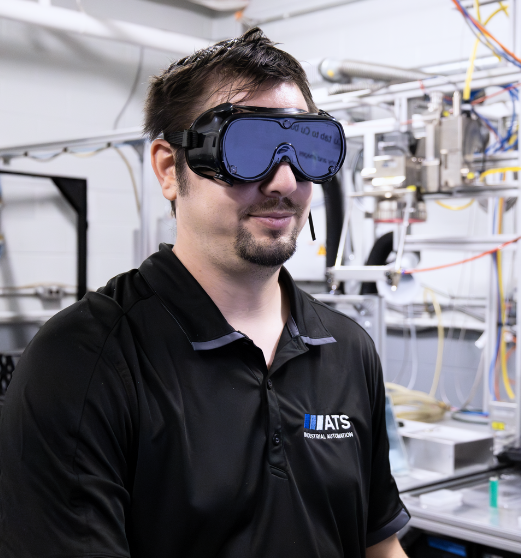
Andrew Michael
Laser Process Specialist
ATS Industrial Automation
Andrew Michael is a skilled laser process specialist with extensive experience in developing and optimizing laser welding techniques. He is dedicated to advancing manufacturing processes through innovative laser applications and ensuring high-quality, precise results in various industrial settings.



